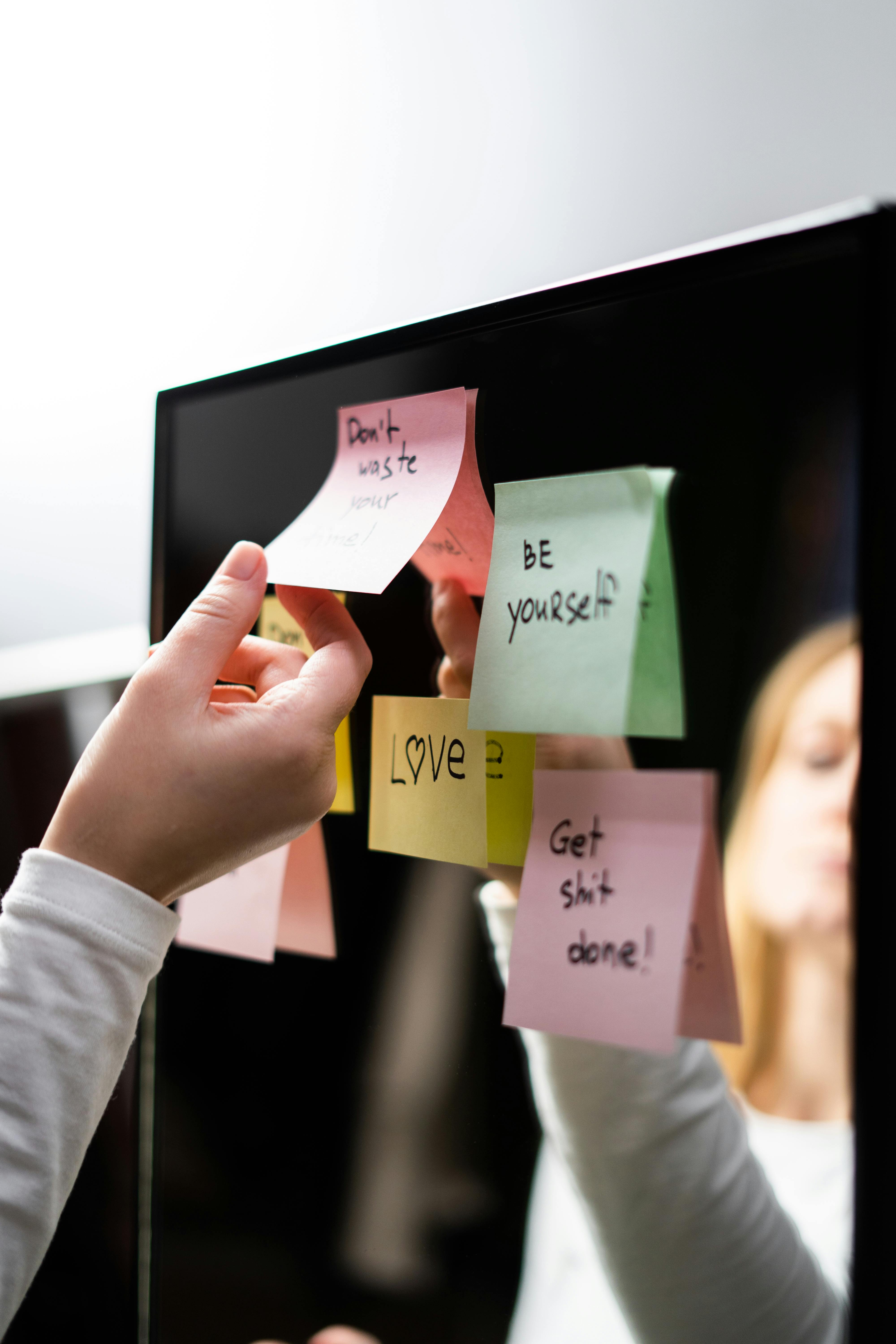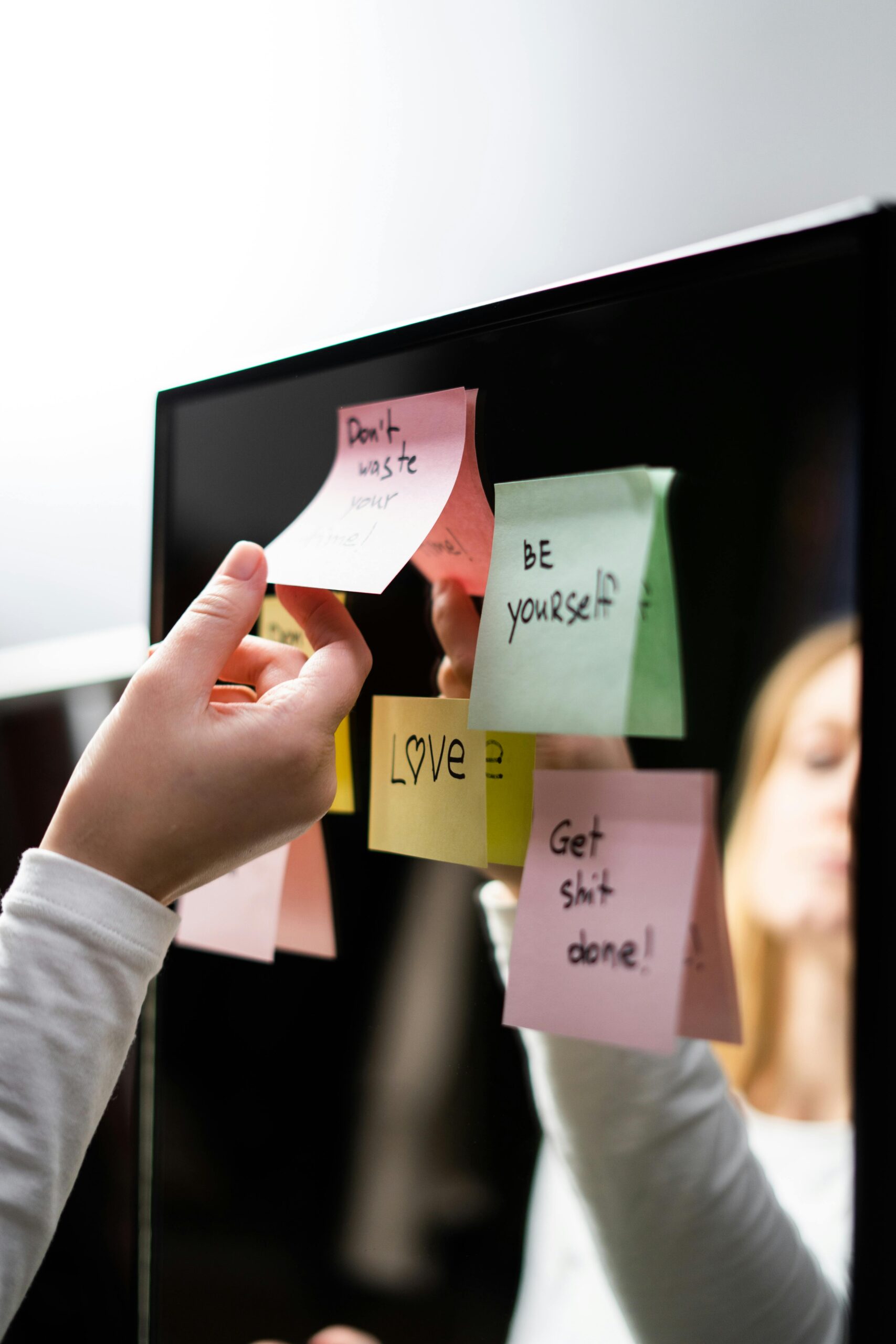Easy Mindfulness Tips for a Balanced and Stress-Free Life
In a world filled with distractions and constant stimulation, staying present and grounded can be a challenge. Easy mindfulness tips offer practical ways to reduce stress, increase focus, and live more intentionally. In this article, you’ll explore simple yet powerful strategies that can help you bring more clarity and calm into your daily life.

Understanding the Fundamentals
Mindfulness is the practice of being fully present in the moment without judgment. Originating from ancient meditation practices, it has gained significant traction in modern psychology as a tool for mental health and emotional balance.
By learning the core elements of mindfulness, you gain insight into how this simple yet profound practice can positively transform your daily routine. Think of it as mental fitness — building awareness in the same way you build muscles at the gym.
1.1 Presence Over Perfection
Presence is the essence of mindfulness. It’s about showing up in each moment, whether you’re sipping tea or handling a tough work email. According to a Harvard study, people spend nearly 47% of their time thinking about something other than what they’re doing — a habit strongly linked to unhappiness.
Mindfulness counters this by anchoring your awareness to the present. It’s not about being perfect; it’s about noticing when your mind wanders and gently returning to the now.
1.2 Non-Judgmental Awareness
Unlike self-criticism or overanalysis, non-judgmental awareness allows you to observe your thoughts and emotions as they are. This helps reduce reactivity and promotes emotional resilience.
For example, instead of labeling a thought as “bad,” simply recognize it as a thought. Over time, this practice creates space between stimulus and response, allowing for more thoughtful decision-making.
Practical Implementation Guide
Once you understand the foundations, it’s time to bring mindfulness into your life in tangible ways. These easy mindfulness tips can be adapted to your schedule, making them highly accessible. Even five minutes a day can yield noticeable benefits over time.

2.1 Actionable Steps
- Start with Breath Awareness: Focus on your breath for 2-5 minutes daily. Notice the air entering and exiting your nostrils without changing it.
- Create Mindful Moments: Choose one daily activity (like brushing teeth or walking) to perform with full attention. No distractions.
- Use Mindfulness Prompts: Set reminders or use visual cues to pause and check in with your body and thoughts throughout the day.
2.2 Overcoming Challenges
Common challenges include restlessness, forgetfulness, and unrealistic expectations. These hurdles are natural, especially in the beginning.
- Restlessness: Try shorter sessions and gradually increase duration.
- Forgetfulness: Use calendar alerts or sticky notes as reminders.
- Unrealistic Goals: Focus on consistency over perfection. Even short sessions count.
Experts suggest being kind to yourself. Mindfulness is a lifelong journey, not a race to perfection. Expect fluctuations in progress and be patient with yourself.
Advanced Applications
Once you’ve built a regular mindfulness habit, you can explore advanced techniques for deeper impact. These methods often involve integrating mindfulness into complex or high-pressure scenarios.

3.1 Body Scan Meditation
This technique involves mentally scanning your body from head to toe, bringing attention to physical sensations. A study from the Journal of Behavioral Medicine found that body scan meditation significantly reduced chronic pain and anxiety in patients.
Incorporate it into your bedtime routine or use it to wind down after a long day. The key is to maintain awareness without trying to change what you observe.
3.2 Mindful Communication
This method applies mindfulness to conversations. You listen actively, pause before responding, and stay aware of your emotions.
It integrates well with emotional intelligence training and is particularly beneficial in professional or conflict-heavy environments. The result is more thoughtful interactions and less miscommunication.
Future Outlook
As mindfulness continues to gain popularity, emerging technologies are making the practice more accessible. Apps with biofeedback, wearable meditation aids, and AI-guided sessions are shaping the future of mindfulness.
Over the next 3-5 years, expect to see mindfulness integrated into education, corporate training, and healthcare at an even broader scale. Now is the perfect time to build your foundation and stay ahead of the curve.
Conclusion
To recap, here are three key takeaways: mindfulness starts with presence, small daily practices matter, and advanced techniques offer deeper benefits. With these easy mindfulness tips, anyone can start the journey toward a more balanced life.
Begin today — all it takes is one mindful breath. Whether you’re new or experienced, the tools shared here are stepping stones to a calmer, more focused you.
Frequently Asked Questions
- Q: What is mindfulness in simple terms? Mindfulness means being fully present in the moment without judging your thoughts or feelings. It’s about awareness and acceptance.
- Q: How do I start practicing mindfulness? Begin with simple breathing exercises or mindful activities like walking or eating without distractions.
- Q: How much time do I need daily? Just 5 to 10 minutes a day can make a noticeable difference. Over time, you can increase your practice as desired.
- Q: Is mindfulness expensive? No. Most practices are free and require no equipment. You can also use free apps or guided videos online.
- Q: How is mindfulness different from meditation? Meditation is a formal practice, while mindfulness can be applied to any moment throughout the day.
- Q: Is mindfulness hard to learn? It’s simple but requires consistency. Most people improve with regular practice and guidance.
- Q: Can mindfulness help in the workplace? Yes, it enhances focus, reduces stress, and improves communication — all critical in professional settings.
